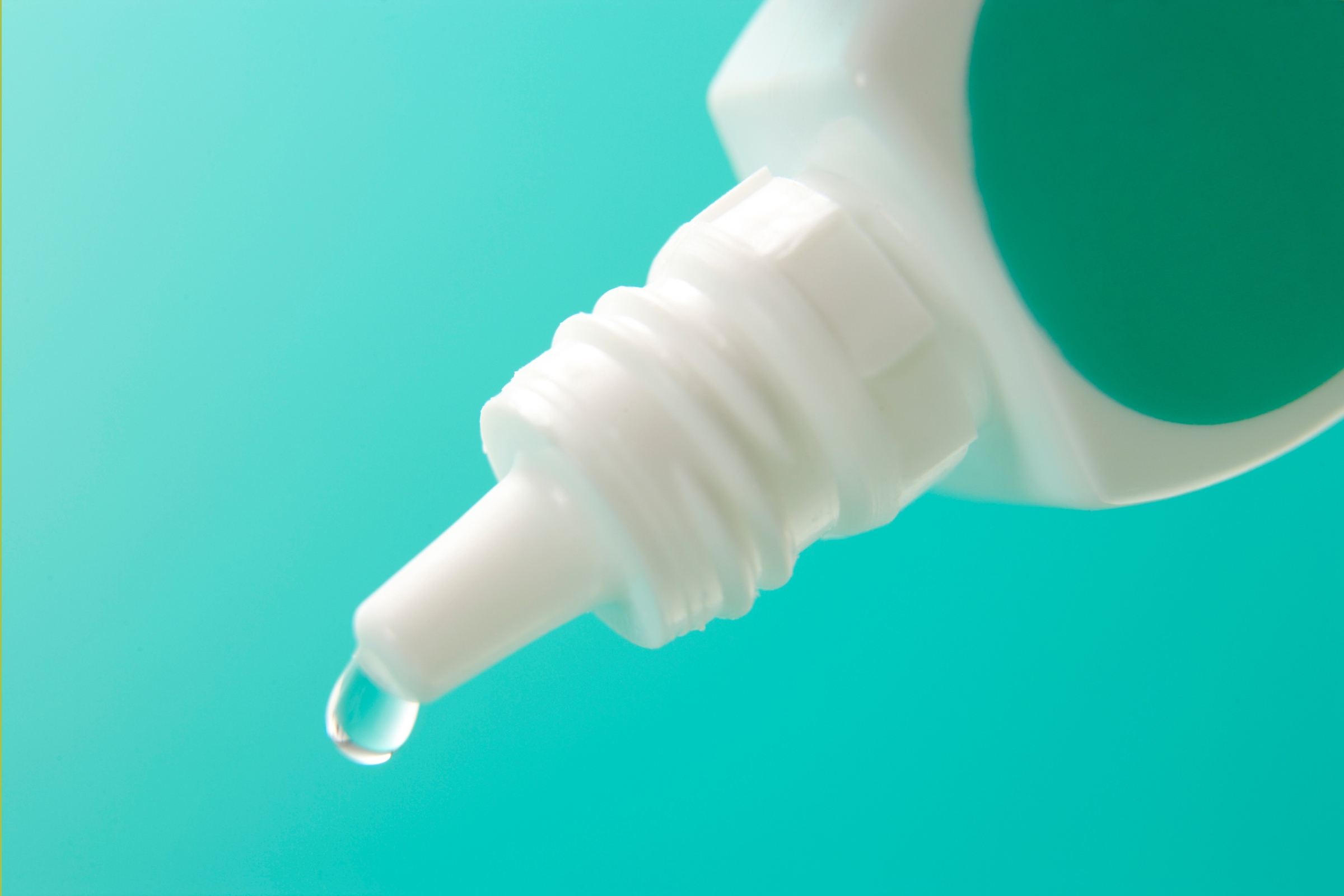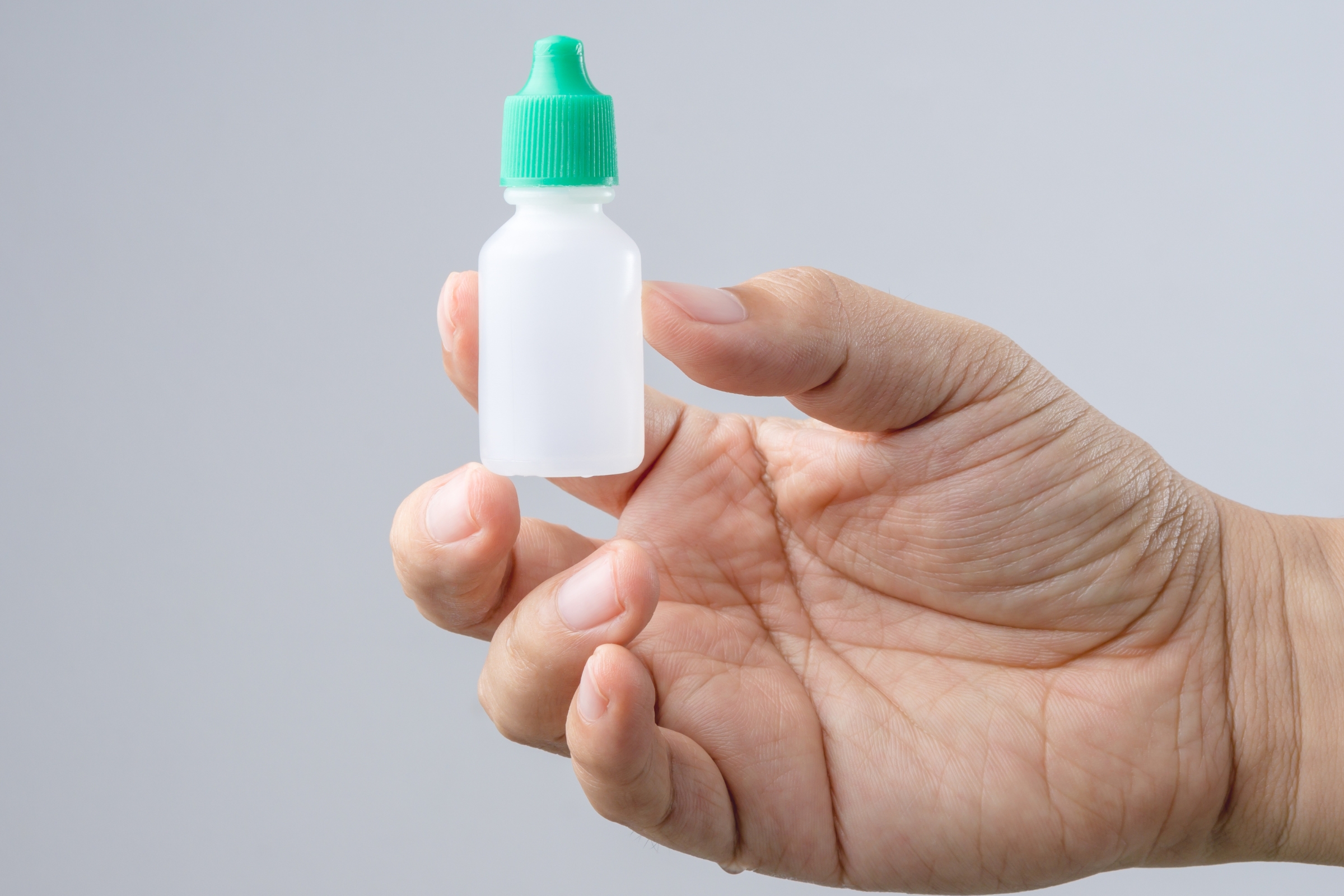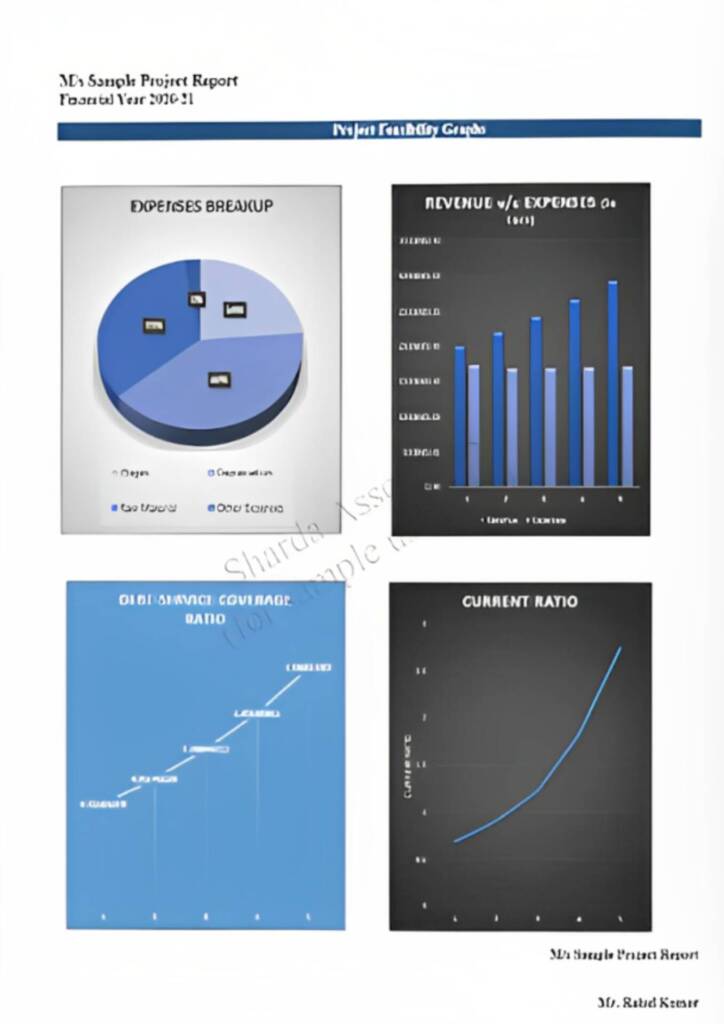Detailed Report On Eye Drops Manufacturing
Making sterile suspensions or solutions to treat a range of eye ailments is the process of making eye drops. To guarantee safety and effectiveness for ocular use, this procedure involves preparing the ingredients, sterilizing them, loading them into containers, and packaging them under stringent quality control guidelines.
Contact Us
What is Eye Drops Manufacturing?
Detailed Report on Eye Drops Manufacturing is as follows.
Eye drops are a pharmaceutical solution administered directly into the eye for various therapeutic or diagnostic purposes. These solutions typically come in small, sterile containers equipped with a dropper mechanism to deliver precise amounts of medication or lubrication to the eye. Eye drops serve a multitude of functions, ranging from treating ocular conditions like infections, inflammation, allergies, glaucoma, and dry eye syndrome to aiding in the diagnosis of certain eye disorders. The formulation of eye drops varies according to their intended use, with ingredients tailored to address specific eye ailments. Common components of eye drop formulations include saline solutions for cleansing and moisturizing the eye, lubricants to alleviate dryness and discomfort, antibiotics or antiviral agents to combat infections, corticosteroids to reduce inflammation, and medications to lower intraocular pressure in glaucoma patients.

One of the primary functions of eye drops is to provide relief from dry eye syndrome, a condition characterized by insufficient lubrication and moisture on the ocular surface. Dry eye syndrome can result from various factors, including environmental triggers, hormonal changes, certain medications, or underlying health conditions. Lubricating eye drops, also known as artificial tears, mimic the composition of natural tears to hydrate and soothe the eyes, reducing discomfort and improving vision clarity. These drops typically contain ingredients such as sodium hyaluronate, hydroxypropyl methylcellulose, or polyethylene glycol, which help stabilize the tear film and maintain ocular surface integrity.
Eye drops play a crucial role in managing ocular infections caused by bacteria, viruses, or fungi. Antibiotic eye drops are commonly prescribed to treat bacterial conjunctivitis (pink eye) and other bacterial infections of the eye, such as keratitis or blepharitis. These drops contain antimicrobial agents such as antibiotics or antiseptics, which inhibit the growth and spread of bacteria, thereby resolving the infection and alleviating associated symptoms like redness, swelling, and discharge. Similarly, antiviral eye drops are utilized in the treatment of viral conjunctivitis (commonly caused by adenovirus) and herpetic eye infections caused by the herpes simplex virus (HSV) or varicella-zoster virus (VZV). These medications work by interfering with viral replication, reducing the severity and duration of the infection.

Detailed Report Sample On Eye Drops Manufacturing



Market Potential Of Eye Drops Manufacturing
The global eye drops market size was worth around USD 15.22 billion in 2022 and is predicted to grow to around USD 23.11 billion by 2030 with a compound annual growth rate (CAGR) of roughly 5.5% between 2023 and 2030.
Eye drops are pharmaceutical solutions designed specifically for application to the eyes. These drops are useful for treating allergies, lubricating dry eyes, reducing redness, and managing disorders such as glaucoma. Moisturizing eye drops are an excellent resource for persons suffering from dry eye syndrome since they provide moisture while also alleviating pain. Vasoconstrictors are typically present in redness-relieving drops because they constrict blood vessels on the surface of the eye. Additionally, medical practitioners may prescribe prescription eye drops to reduce intraocular pressure and manage specific eye disorders such as glaucoma.
The aging population, more screen time, and environmental issues are all contributing to an increase in the number of individuals seeking eye care solutions. The availability of over-the-counter eye drops for self-administration, as well as increasing awareness of the importance of eye health, are also driving market expansion. Demand for a variety of eye drops suited to individual ailments is increasing as people become more proactive about preserving their eye health, which is boosting industry growth. Technological advancements in pharmaceutical formulations and medication delivery are also critical to the industry’s growth. Advances in sustained-release mechanisms, tailored medication delivery systems, and preservative-free formulations increase the efficacy and safety of eye drops.
Contents of Project Report
A project report helps you identify whether a project is worth pursuing. It presents the holistic view and brings complete insight of the business and its activity.
It acts as a guide for all the business operations, aids in taking all financial decisions related to the existing businesses and to the start-ups. It serves as roadmap to the business and provides information to the outsider who are wanting to know more about the business.
You will have the opportunity to build new goals and expansion ideas in one single document. Everyone, from the banks to potential investors, will need to have a look at the project report before they shell out any money.
A well drafted project report generally consists details about:
- Brief History of the Business
- The Promoters
- SWOT Analysis
- Industry Outlook
- Past Financial Statements
- Projected Financial Statements
- Infrastructure and Human Resource required
- CMA data
- Business model
- Requirement of Working Capital Funds
- Means of Finance
Other relevant information, if any.
